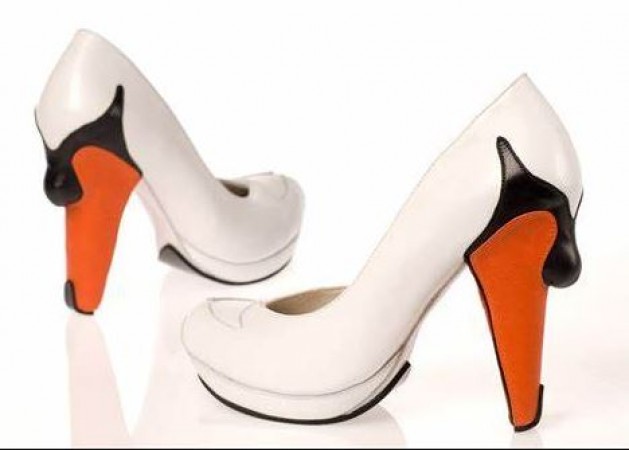
High-heeled shoes have evolved from being functional footwear for men during horseback riding in the 17th century to becoming a prominent fashion symbol today. This article explores the intriguing history of high-heeled shoes and how they transitioned from a practical necessity to a beloved fashion accessory that transcends gender boundaries. We'll delve into the fascinating origins of high heels, their transformation throughout history, and the significant impact they have made in contemporary culture.
The Birth of High-Heeled Shoes: Equestrian Origins
Heels for Horsemen
In the 17th century, high-heeled shoes were primarily worn by men for practical purposes. It all began with the Persian and Middle Eastern horse riders, who adopted elevated footwear to secure their feet in stirrups while riding. This design offered better stability and control during mounted combat and long journeys.
Spreading through Europe
The trend of high-heeled shoes spread across Europe when Persian emissaries introduced them to Western diplomats. Subsequently, the nobility and aristocrats in Europe adopted the fashionable trend of wearing heels as a symbol of social status and power.
Evolution of High Heels: From Masculine to Feminine
High Heels for Men's Fashion
Initially, high-heeled shoes remained an integral part of men's fashion. European men, especially in France and England, wore heeled footwear to portray their elite standing. It was not uncommon to see royals and courtiers donning heeled shoes adorned with extravagant designs and fabrics.
The Shift Towards Women's Fashion
The late 17th and 18th centuries marked a significant shift in the perception of high heels, transitioning them from primarily male attire to a predominantly female fashion statement. During this era, the masculine association with high heels faded, and they became a symbol of femininity, elegance, and sensuality.
High Heels in the Modern World
High Heels in the Fashion Industry
As fashion evolved, high-heeled shoes solidified their place as an essential element in women's wardrobes. In the 20th century, iconic fashion designers like Christian Dior and Manolo Blahnik further popularized high heels, elevating them to the pinnacle of style and sophistication.
The Power and Confidence of Heels
Wearing high heels is often associated with empowerment and confidence. For many, putting on a pair of high heels enhances their posture, elongates their legs, and boosts self-assurance. High-heeled shoes have become a form of self-expression, reflecting individuality and personal style.
High Heels in Pop Culture
High heels have become more than just fashion accessories; they have embedded themselves in popular culture. From iconic movie scenes to glamorous red-carpet events, high heels have played a pivotal role in shaping modern beauty standards and defining elegance.
The Impact of High Heels on Health and Society
Health Considerations
Despite their undeniable allure, high heels can pose health risks. Wearing heels for extended periods can lead to foot pain, posture issues, and long-term joint problems. It is essential to strike a balance between style and comfort, opting for proper footwear to promote overall well-being.
Gender and High Heels
In contemporary society, high heels have transcended gender norms. While traditionally associated with women's fashion, some men have embraced high-heeled shoes as a means of challenging gender boundaries and expressing their unique identity.
High-heeled shoes, which began as a practical necessity for men in the 17th century, have evolved into a significant fashion icon. From horseback riding to the runways of Paris, high heels have undergone a transformative journey, leaving a lasting impact on culture, fashion, and individual expression.
Leonardo da Vinci's Mona Lisa: The Mystery of Missing Eyebrows Unveiled
Men also have the problem of dark lips, follow these tips to get rid of them
Creating Unforgettable Memories: The Magic of Amazing Wedding Events